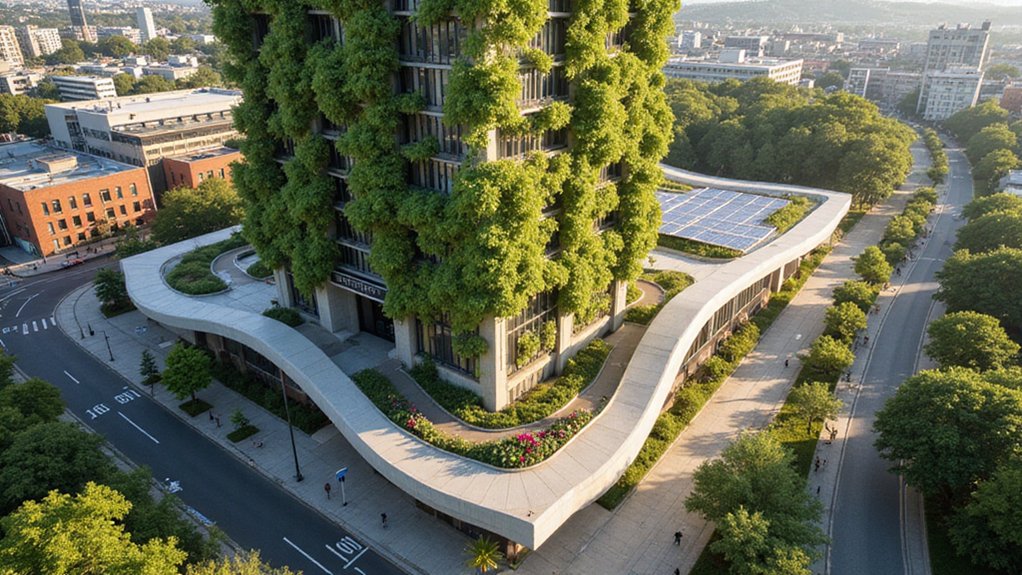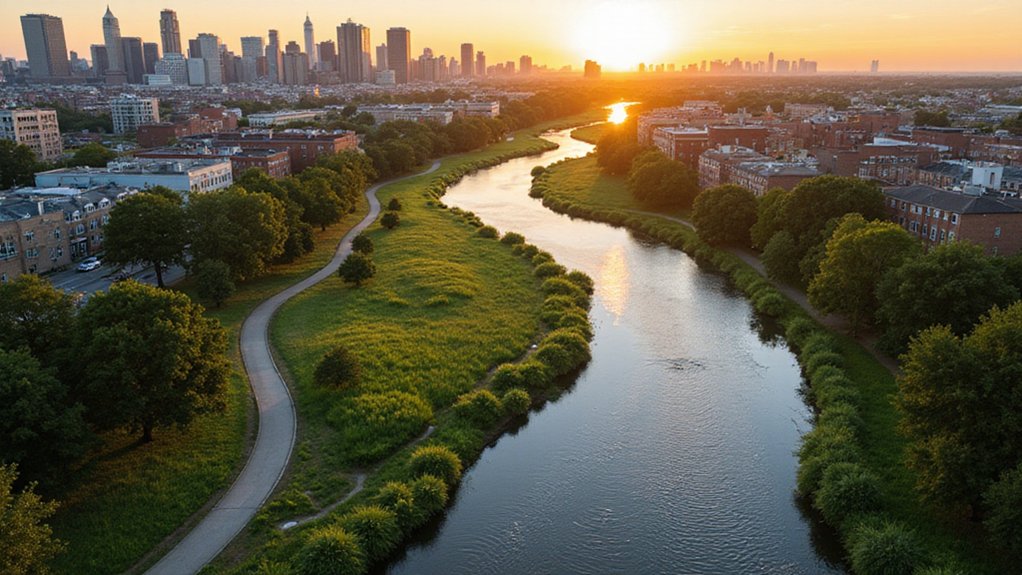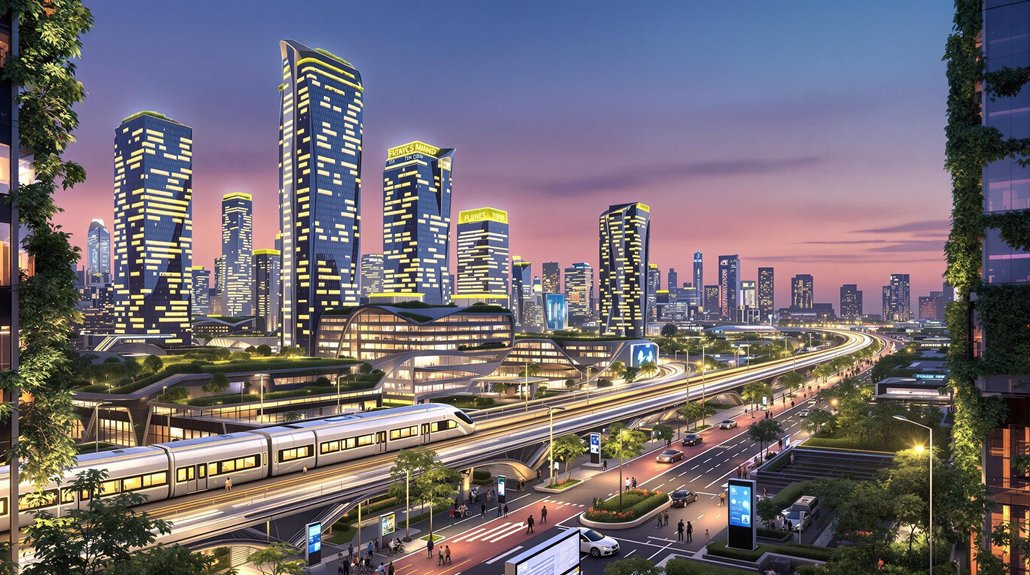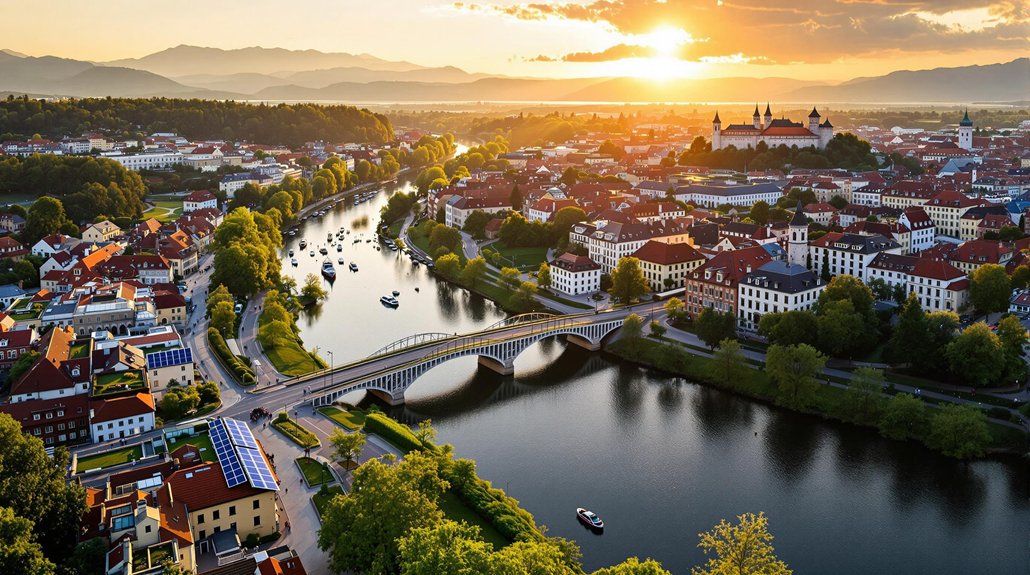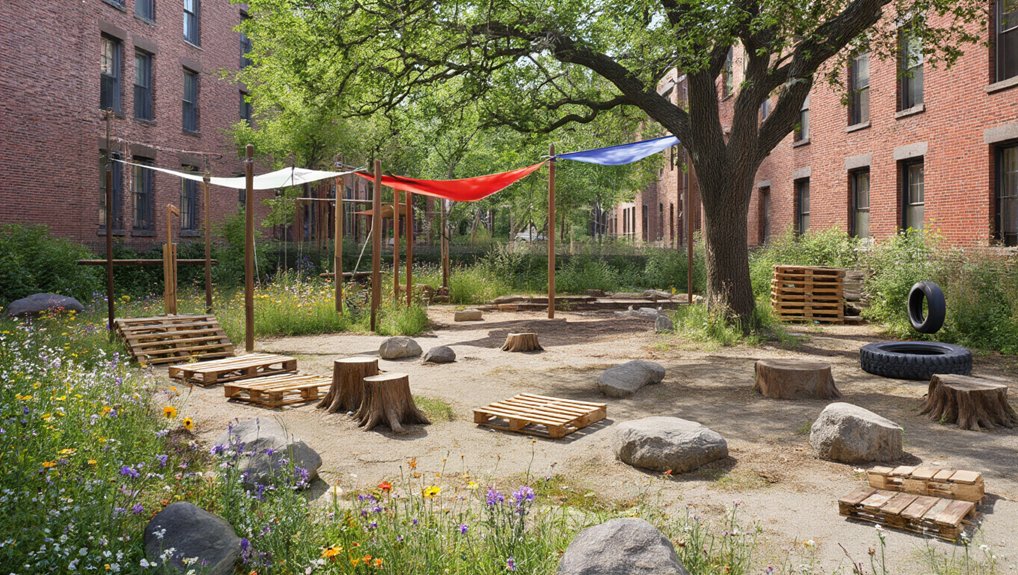As Auckland undergoes a dramatic transformation, the city is embracing a thorough approach to urban renewal that goes beyond mere development. The $600-million Symphony Centre project stands as a prime example, creating a vertical village above the Te Waihorotiu/City Rail Link station that will reshape how people live, work, and move through the city center.
Eke Panuku is leading efforts to turn unused council properties into vibrant spaces where people can live, shop, and relax. These projects put trains, buses, walking, and biking first, helping build communities that produce fewer emissions and stay better connected.
These changes aren’t just about buildings. The city is adding more plants and trees based on nature’s own designs. This “biophilic design” helps cool urban areas and allows more animals and insects to thrive in the city. Native plants create green pathways through Auckland, with special input from mana whenua who share their knowledge of local plants and ecology. These green corridors support urban biodiversity while providing essential ecosystem services worth billions to the local economy. Symphony Centre exemplifies this commitment with its high-quality public spaces that integrate biophilic elements throughout the development.
The results speak for themselves. After Fort Street’s makeover, 54% more people visited the area and spending went up by 47%. Elliott Street saw similar gains with 10% more visitors and 27% more spending. These projects create long-lasting jobs and boost the local economy.
Urban renewal transforms more than streets—it drives economic growth and breathes new life into our communities.
What makes Auckland’s approach special is how everyone gets involved. Community members, private investors, and mana whenua all have a say in how projects take shape. This team effort guarantees cultural identity stays strong and that Māori perspectives are properly included. The city’s governance structure operates as a fractal network to ensure comprehensive community engagement at multiple levels.
The city pays careful attention to keeping housing affordable as areas improve. New developments include homes for various income levels and create lively public spaces where all kinds of people can gather. By selling some properties in regeneration zones, Auckland funds more community services and better infrastructure.
This 30-year vision aims to rebuild city systems, grow the economy, and create communities where everyone feels welcome—truly moving beyond sustainability toward a regenerative future for Auckland.
References
- https://www.woodsbagot.com/global-studio/news/progress/auckland-to-receive-city-shaping-urban-regeneration-precinct-and-vertical-village/
- https://focities.com/regenerative-placemaking-in-practice/
- https://ourauckland.aucklandcouncil.govt.nz/events/2025/05/regenerative-planting-design-for-urban-spaces/
- https://www.ekepanuku.co.nz/about/what-we-do/
- https://akhaveyoursay.aucklandcouncil.govt.nz/city-and-local-development
